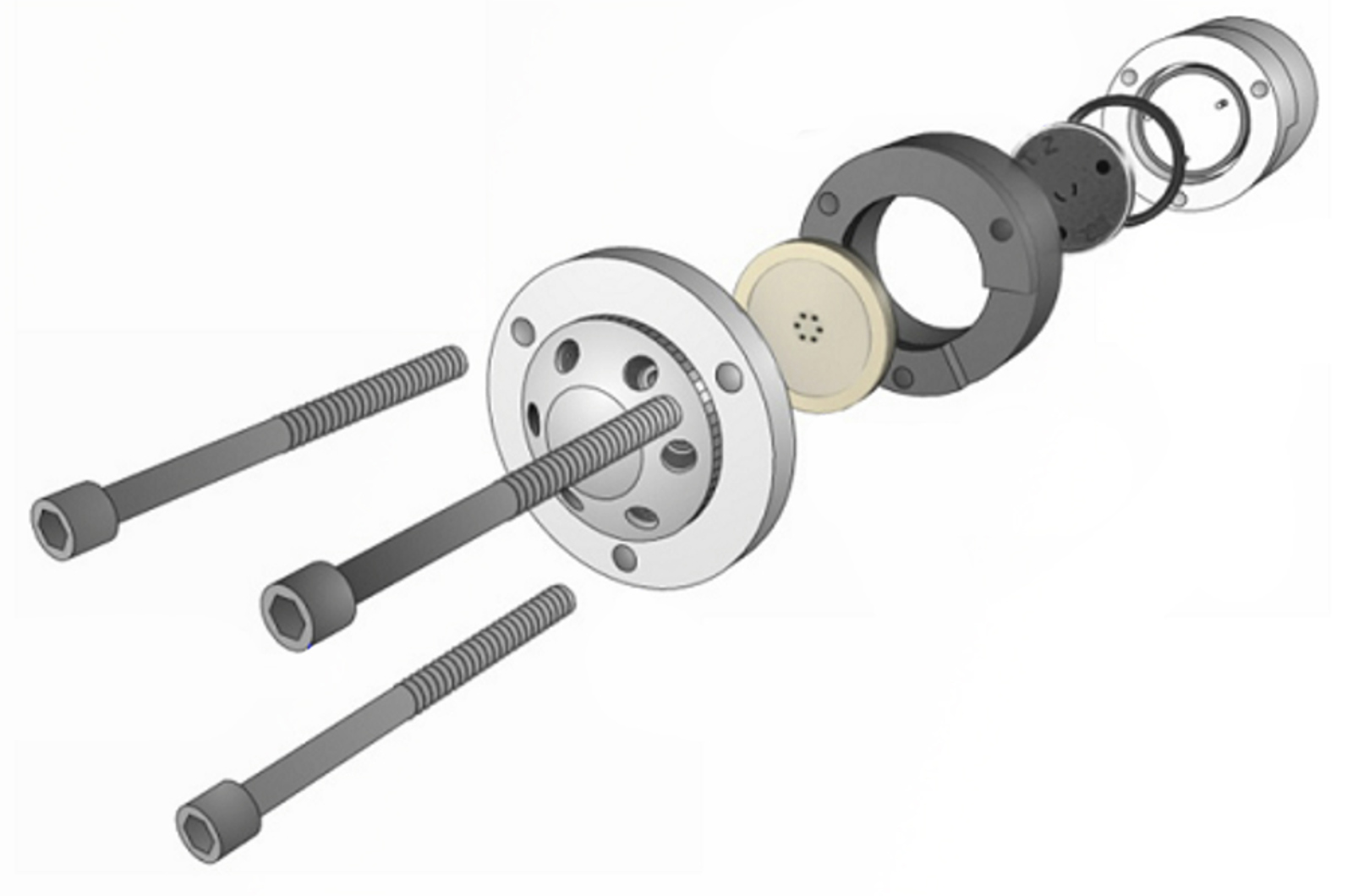What HPLC Operators Need to Know Part 1: Everything Needed to Understand Mobile Phase Pumping Systems
During this two part event we will look at the entire HPLC separation process from mobile phase selection and preparation, to injection, separation, and detection, from the perspective of the laboratory practitioner. We will provide practical hints and tips for the essential HPLC parameters in order to make your use of this powerful technique straightforward and successful. Firstly we will discuss how and why mobile phases are chosen and prepared and the different variations of HPLC pumps and autosamplers which are available. Column selection is probably one of the most important choices in any chromatographic method; therefore, we will share our insights on how to select the correct column each time covering particle size, morphology, physicochemical properties as well as stationary phase selection. Finally, we will detail how to utilize and optimize HPLC gradients and review the various detectors available and when and how they are best employed.
Topics include:
- How and why is a mobile phase pH chosen, controlled, and measured?
- Is filtration necessary?
- Why are mobile phases degassed and which is the most efficient approach?
- What is the role and function of the (U)HPLC pump
- What are the differences and benefits of isocratic, binary, and quaternary pumps
- What are the important major and minor operating variables
- How do modern HPLC and UHPLC autosamplers function
- What are the critical parameters of an autosampler
- How to optimize autosampler performance and spot problems

